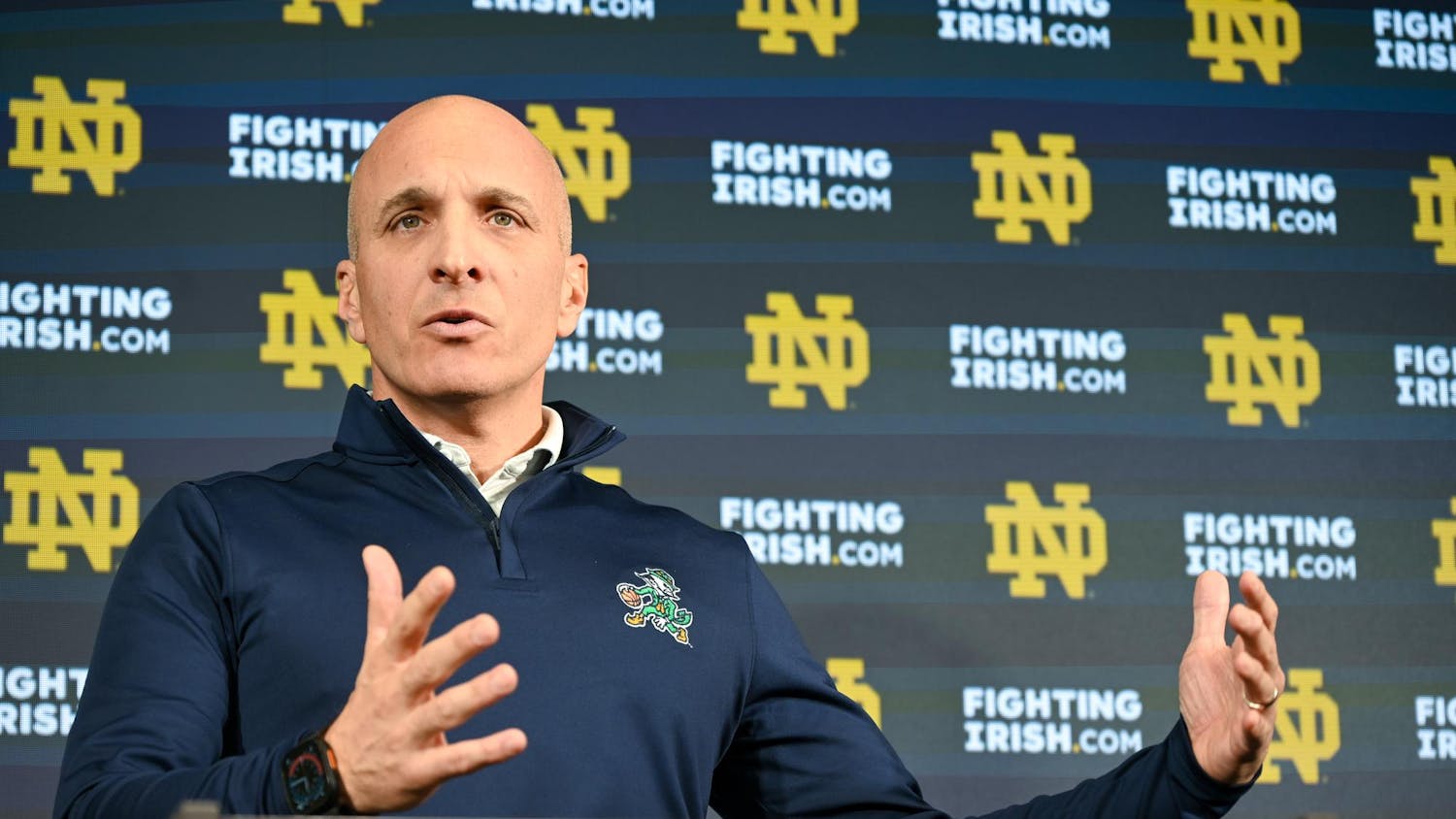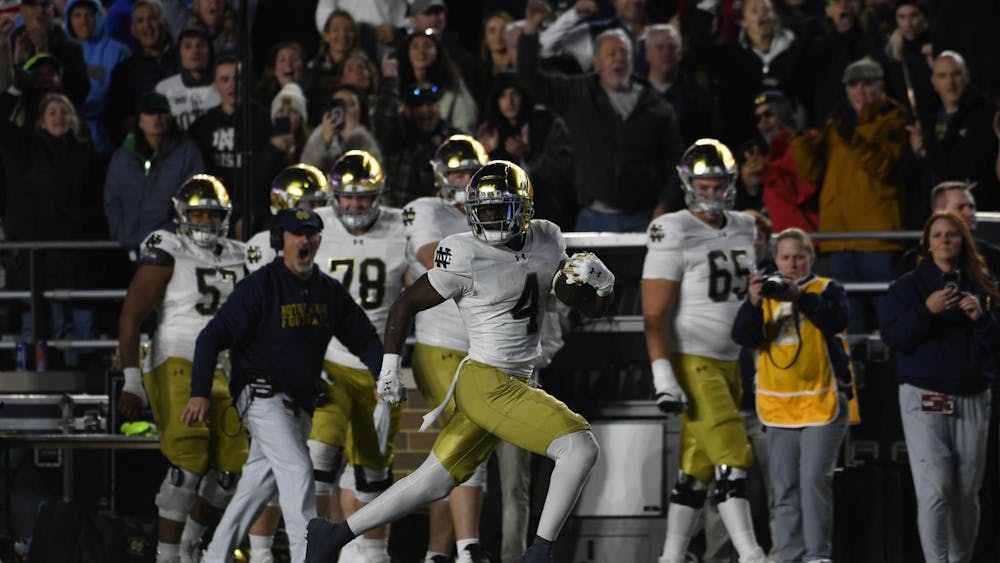With the WNBA season over and the NBA in full swing, people might have stopped thinking about women’s basketball at this point in the year (cue the commenter claiming no one ever thinks about women’s basketball). But hey, the time is always ripe for a women’s basketball Sports Authority, especially with the start of college basketball.
On Wednesday, Associate Sports Editor Charlotte Edmonds wrote a column in which she acknowledged that “Women’s basketball has long been ridiculed by sports fans for lacking competition and employing offensive schemes that settle for 3-pointers.” While this is an accurate statement, I disagree with Charlotte’s belief that “these are fair criticisms” of the game.
Let’s start with the second criticism first. Is the fact that women’s basketball teams often “[employ] offensive schemes that settle for 3-pointers” really a bad thing? Fans of the Golden State Warriors would most likely say no.
By employing a 3-pointer-heavy offense, the Warriors have won three of the last four NBA titles. Golden State’s star, guard Steph Curry, is one of the best 3-point shooters in the history of the league, and he’s also one of its most popular players.
Golden State’s dominance over the league with an offense that largely relies on 3-pointers hasn’t hurt NBA viewership, and it might just foreshadow the future of basketball. As Marshall’s men’s basketball coach Dan D’Antoni explained in a 2016 postgame presser, 3-point shots are second only to open layups in terms of value. Analytically, there is no reason to believe offenses are “settling” when they favor 3-pointers over mid-range jumpers or contested layups.
Using Golden State as an example also proves that one team’s dominance in a league is a poor criticism of women’s basketball. The Warriors not only lost one of the past four NBA Finals to the Cavaliers, but they also beat Cleveland in the three they won. If NBA fans have been content to watch the same two teams make it to the finals every season for four years in a row, how is it fair to write off women’s college basketball just because UConn is consistently in the hunt for a title?
Charlotte is right in pointing out that only 15 schools have national championships, with UConn owning 11 of those titles, but to say that women’s basketball is not currently competitive by looking “no further than last year’s Final Four, where all four teams were the top seed in their respective regions,” is a misrepresentation of the 2018 NCAAW Tournament and the current women’s college basketball landscape.
Both games of the 2018 Final Four went into overtime, marking it as the first Final Four in NCAA history in which that phenomenon occurred. The championship was decided by a last-second buzzer-beater, and would have gone into overtime as well had that shot not gone in. Not to mention that 2018 marked the second year in a row in which UConn — the team women’s basketball critics consistently say will “win anyway” — was knocked out before the national championship.
And sure, UConn is still a dominant team that will be extremely difficult for any other to beat, but UCLA enjoyed a 12-year stretch at the top of men’s college basketball, and no one seems to be holding that against the sport.
Additionally, while going into the WNBA is certainly not as lucrative or reliable career as the NBA is (that’s a whole other story), the idea that “athletes often elect to attend prestigious schools with tight alumni networks, setting themselves up for other opportunities beyond basketball, leaving mid-tier programs on the outside of the elite recruiting scene looking in” overlooks some major forces in women’s college basketball.
Schools like Notre Dame and Stanford very likely benefit from prestigious university reputations, strong academics and useful alumni networks in recruiting, but famous powerhouses like Tennessee, Baylor, Maryland, South Carolina and, yes, UConn cannot boast the same advantages outside their basketball programs. Nor can rising programs such as Texas A&M and Oregon. Limiting schools’ women’s basketball programs based on their overall reputations as universities is unfair and unwise.
It’s a coach that builds and defines a program, and the emergence of great coaches beyond Pat Summitt, Geno Auriemma and Muffet McGraw has created ample “room for Cinderella stories” in recent years. In 2016, 2-seed Oregon State, 4-seed Syracuse and 7-seed Washington all made their first Final Four in the same year. Last season, second-seeded Oregon was a win away from making its first Final Four. And the past two upsets of UConn have also resulted in two ESPY wins — Best Upset for Mississippi State in 2017 and Best Play for Irish senior guard Arike Ogunbowale in 2018. What were those teams if not “Cinderella stories?”
Until we make more progress toward equality as a society, sports fans will continue to criticize women’s basketball for everything from a lack of parity to a lack of dunking. But let’s be sure to take a good look at whether those criticisms are truly fair.
Read More
Trending









